Contents
In addition to growing vegetable plants and harvesting, it is becoming popular to grow various kinds of birds in the backyard. The most popular and affordable are chickens, which can become both a source of meat and eggs. As a rule, it is not difficult to build a chicken coop for laying hens with your own hands if you know the main features of the arrangement of this structure, both its design and internal space.
Purpose and requirements for arrangement
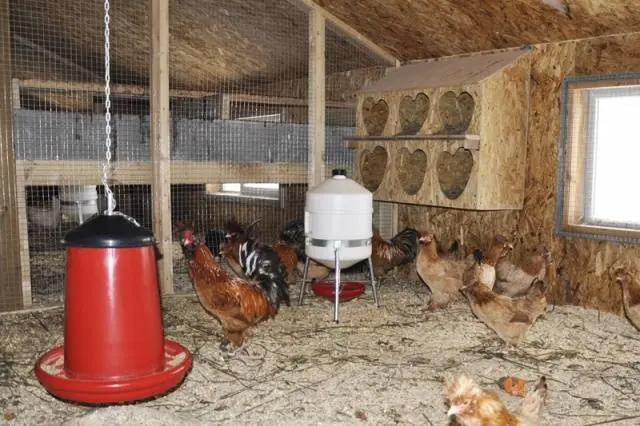
Planning a chicken coop should be based on the following parameters:
- The number of chickens, and their age criteria;
- The time of the year in which it is supposed to populate and grow a bird;
- Convenience of carrying out disinfecting measures and work on cleaning and cleaning the territory.
To make the chicken coop comfortable for both the inhabitants and those who monitor its condition, you should take care of the following important parameters:
- Ventilation;
- Thermal insulation and waterproofing of the structure, especially when used in winter;
- High-quality and in the required volume lighting of the chicken coop;
- Materials for interior decoration, which are easy to clean and easy to install.
Features of the structure
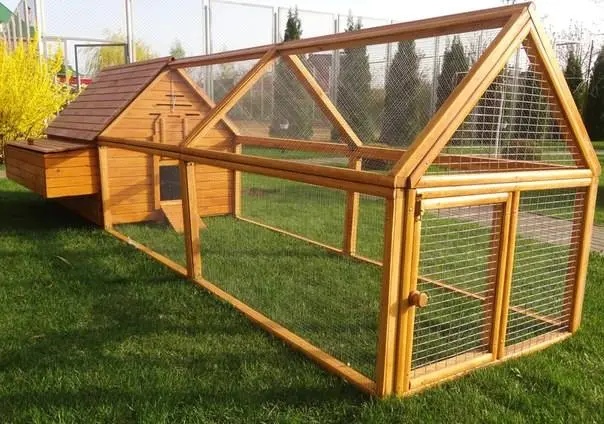
For laying hens, the device of the chicken coop implies the mandatory presence of nests where they will lay their eggs. The dimensions of the building are selected depending on the number of inhabitants. To build a chicken coop, a flat area with a slight slope is usually chosen, which will contribute to the natural convergence of water after rain, without trapping it in the ground. The place for the chicken coop should be sunny, without drafts and strong winds.
Since chickens should be able to walk, it is necessary to equip a place for walking birds next to the structure. To do this, poles are installed along the perimeter of the walking area and a fence is stretched, usually in the form of a grid.
An option on how walking for chickens can be done is shown in the video:
Features of the interior space
These parameters are the most important in the construction of a chicken coop, and the behavior of chickens and their egg production depend on their correct and high-quality arrangement.
Microclimate
The components of the microclimate are factors such as air temperature inside the chicken coop, lighting, humidity and ventilation. The well-being of chickens depends on their correct indicators. Therefore, when equipping a chicken coop, it is necessary to provide for the support of an optimal microclimate at any time of the year.
Depending on what time the built chicken coop will be used, materials for mounting the walls and roof of the building should be chosen so that they can provide high-quality temperature conditions and prevent drafts.
If the chicken coop is operated year-round, then the installation of a heating system cannot be avoided. It can be either autonomous or connected to the heating system of the house.
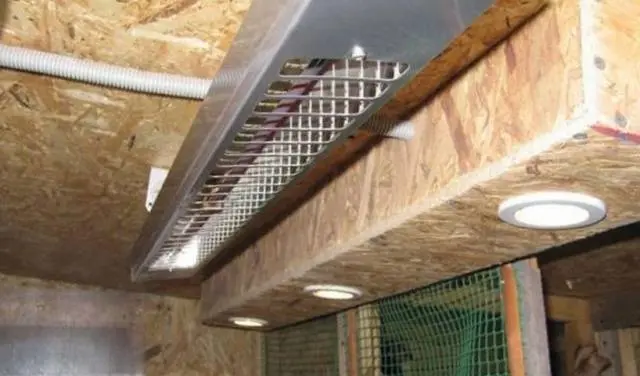
Infrared lamps for heating chicken coops are very popular among poultry farmers. They economically use electricity and allow you to heat the room, even if its size is not the smallest. Equipment should be installed only at a safe distance, and lamp bulbs should be covered with protective covers.
Proper organization of lighting is also important for chickens, since they need complete darkness for a good rest. You can save a lot on installing lighting in a chicken coop if you make large windows in its room.
An option on how to make high-quality lighting in a chicken coop is shown in the video:
And another option on how to make the chicken coop warm and bright is shown in the video:
How to equip a chicken coop inside for layers with high-quality ventilation is shown in the video:
Proper ventilation system will help get rid of unpleasant odors, normalize the temperature and humidity in the chicken coop.
A large building requires a well-equipped forced-type ventilation device.
The photo shows various options for arranging the ventilation of the chicken coop.
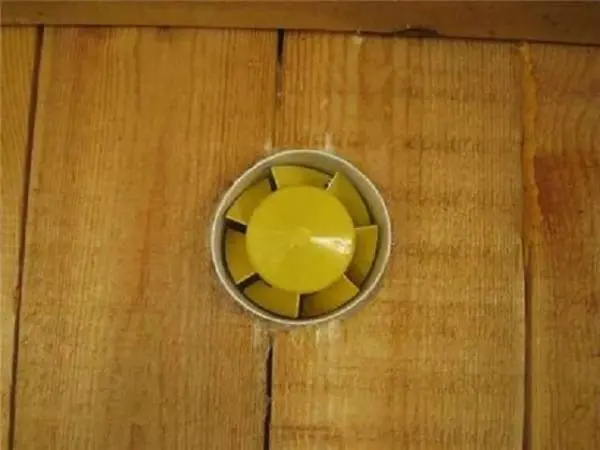
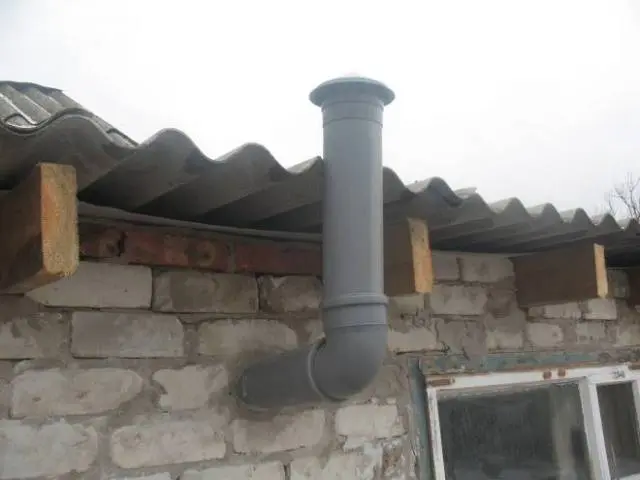
Walls and floors
Walls and floors, regardless of the type of foundation and material used for the walls, must be insulated if the chicken coop is actively used in the winter. Warming is carried out by various materials, it can be mineral wool, glass wool, sawdust, straw or other types of insulation.
The chicken coop insulation option is shown in the video:
In addition to the need for insulation, walls and floors need to be treated with disinfectant solutions and protection from parasites that can spread various infections. For this, lime mortar is often used, which covers the inner surface of the entire chicken coop.
Nests and perches, feeders and other functional items
When we equip a chicken coop specifically for laying hens, it is imperative to provide a place where they will hatch eggs. This function is performed by specially equipped artificial nests, which can be simply prepared from various improvised materials – boards and boxes, plywood, etc.
Birds perfectly master all the nests, the main thing is to lay a litter of hay or straw on the bottom.
Usually the number of nests is calculated based on the fact that there is one nest for 4-5 birds. Laying huts are arranged so that the hens do not see each other, and no one interferes with them, in the corner farthest from the entrance, several pieces at the same or different levels.
So that the chickens can rest freely and at the same time not interfere with each other, as well as sleep, perches are necessarily arranged in the chicken coop. For them, a wooden beam with rounded edges is used, the surface of which is pre-treated with sandpaper, which is installed in several rows near the wall in the chicken coop.
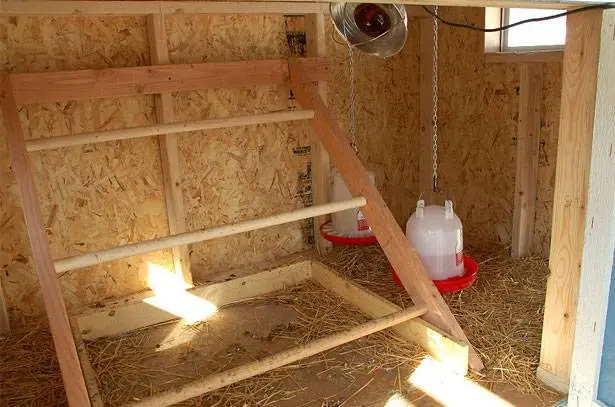
Usually the first row of perches in a chicken coop is set 50 cm above the floor surface, and each next row is 30-35 cm from the previous one. Its design resembles a slide, since it is not allowed for the birds to sit on top of each other – this is necessary to prevent contamination with the droppings of those chickens that sit below. The perch should be at least 25 cm from the wall of the chicken coop. To calculate the space of the perch and its length, the number of hens in the coop should be taken into account. Each inhabitant will need at least 30 cm of free space on the perch.
Requirements for perches in all chicken coops:
- Durability and reliability. The bars should be of a thickness that can support the weight of several chickens without bending.
- Safety. The entire surface of the timber used must be smooth, without knots and splinters, for this it should be pre-sanded;
- Comfort. Birds should be quite at ease on the perch.
Important elements for any poultry house are places for the chickens to eat, as well as drink. Feeders in the chicken coop can be equipped, or you can scatter food on the surface of the straw bedding, and the birds will peck out the grains, which means that they are provided with occupation. If you plan to make chicken coop feeders with your own hands, then you need to know:
- Due to the quarrelsome character and sloppiness, the chickens will fight for a place at the feeder, as well as soil containers with food with droppings;
- Inattention can cause the hens to turn over the feeders;
A variety of materials can be used for feeders in the chicken coop, the main thing is that they should be easy to wash and clean from food residues, as well as pour new portions.
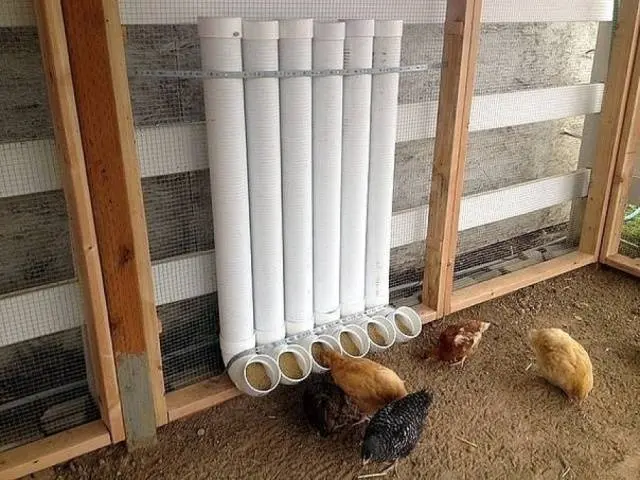
These rules are also valid for the arrangement of drinkers, which must be in the chicken coop without fail. Any capacious container from which it is convenient for chickens to drink water can be used as a drinking bowl.

The secrets of a successful arrangement of a chicken coop for laying hens
Every farmer who has experience in building chicken structures has some of his own secrets of competently arranging the territory inside the building. The combined experience of such nuances is presented below:
- An important condition for the chickens to lay well is their mood. When they are calm and not irritated, then everything is fine. But sleepy chickens are aggressive individuals capable of spoiling eggs in nests and pecking at other birds. The mood of chickens is affected by the length of daylight hours. It is the excess of light in the chicken coop that causes imbalance and aggressiveness;
- It is better not to make nests flush with the floor, as some cunning birds may use them for sleeping rather than hatching eggs;
- To increase the number of eggs, it is worth trying to place nests in the farthest and darkest corner of the chicken coop;
- Perches in the chicken coop should be equipped on the wall, which is located on the opposite side of the nests;
- It is important not to forget about the arrangement of the dust-ash bath, bathing in which the birds are cleansed of pests and parasites.
- Before you start building a chicken coop, you should decide on the number of its inhabitants and the materials that will be used for work.
As a rule, equipping a chicken coop with your own hands for laying hens is a simple task. The main thing is to correctly and clearly develop a strategy for the implementation of work, as well as determine the number of its inhabitants, and then competently arrange the necessary items and allocate zones for various activities. And then the egg production of the chicken coop will be at the highest level.









